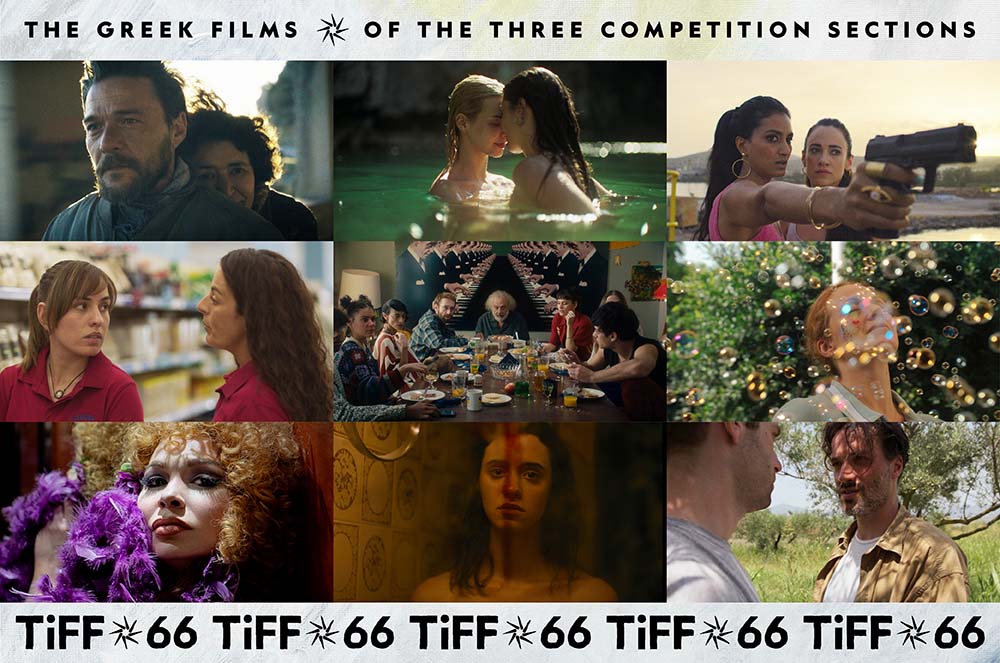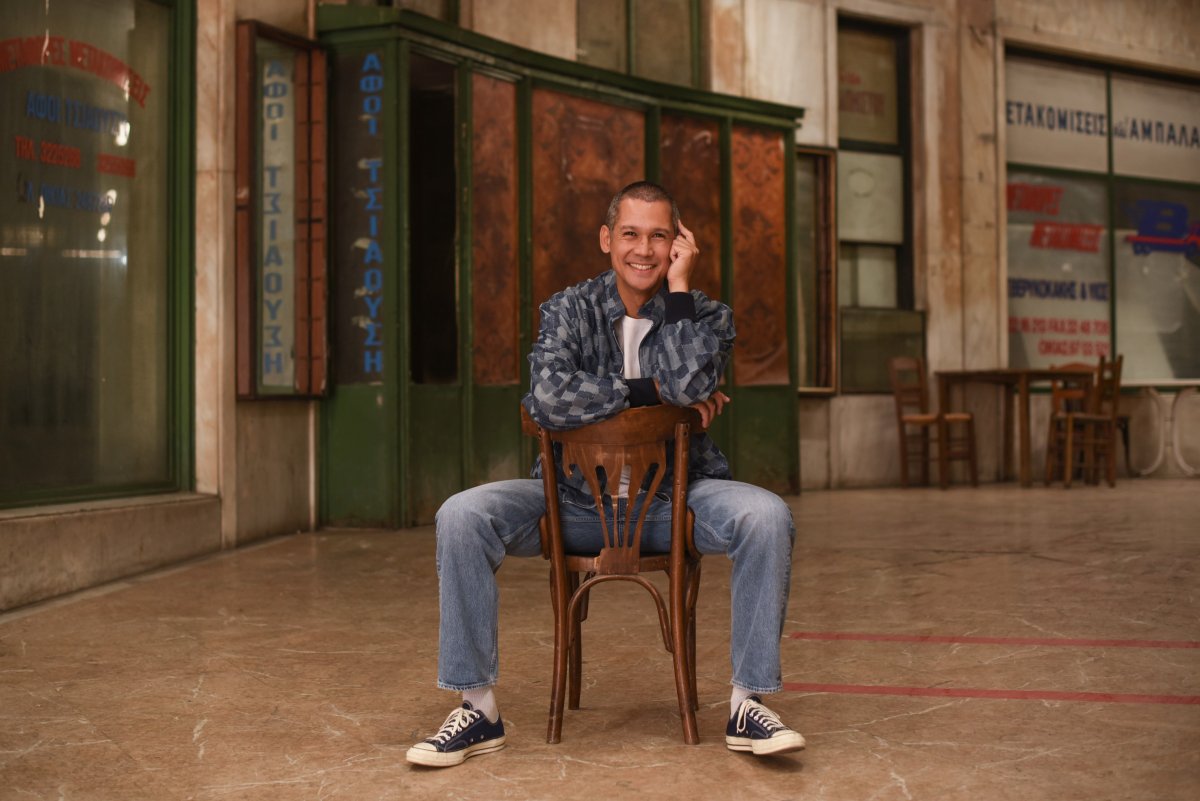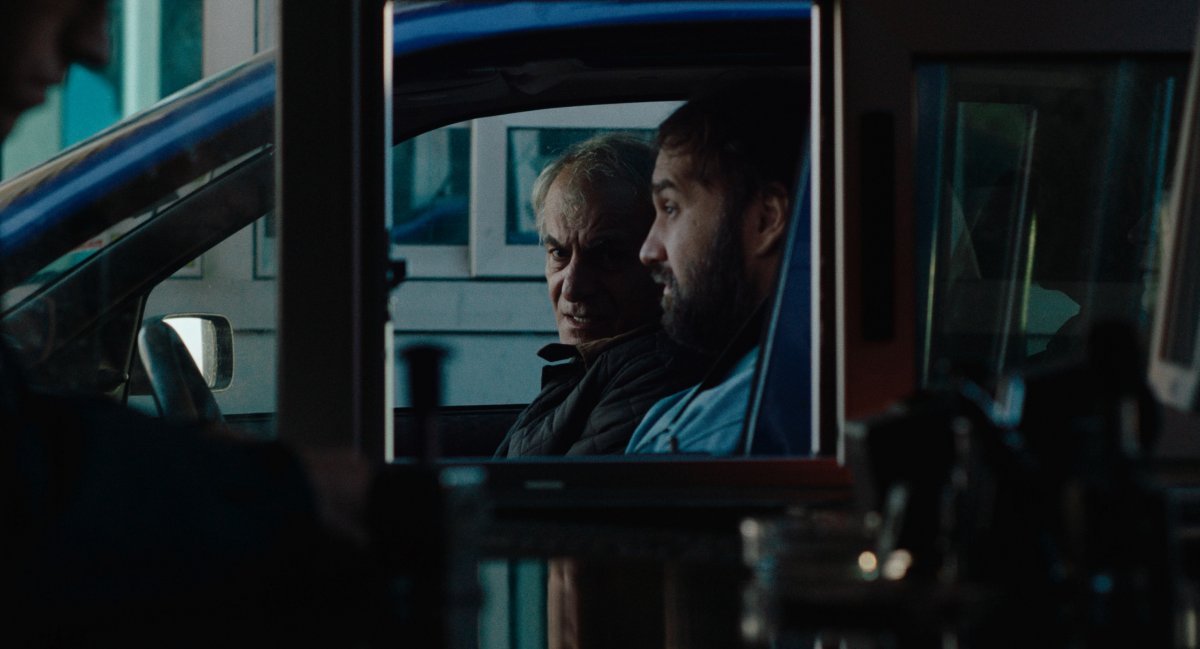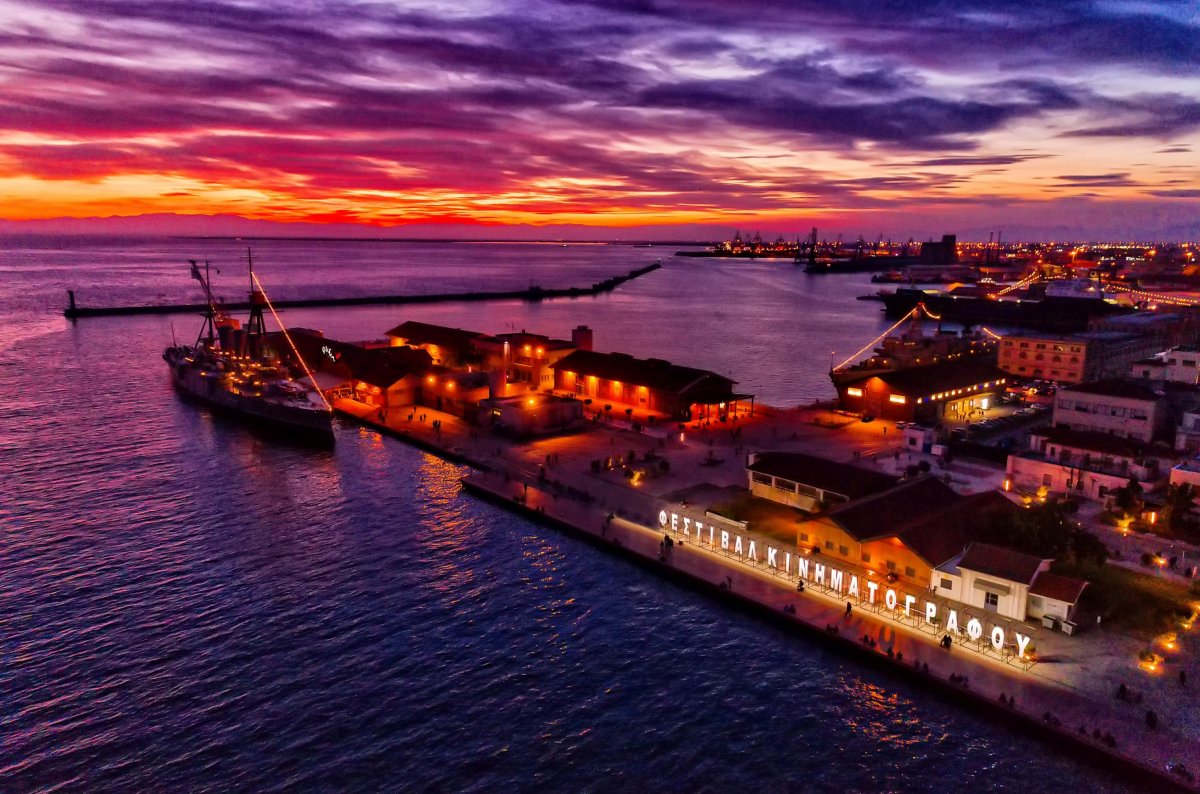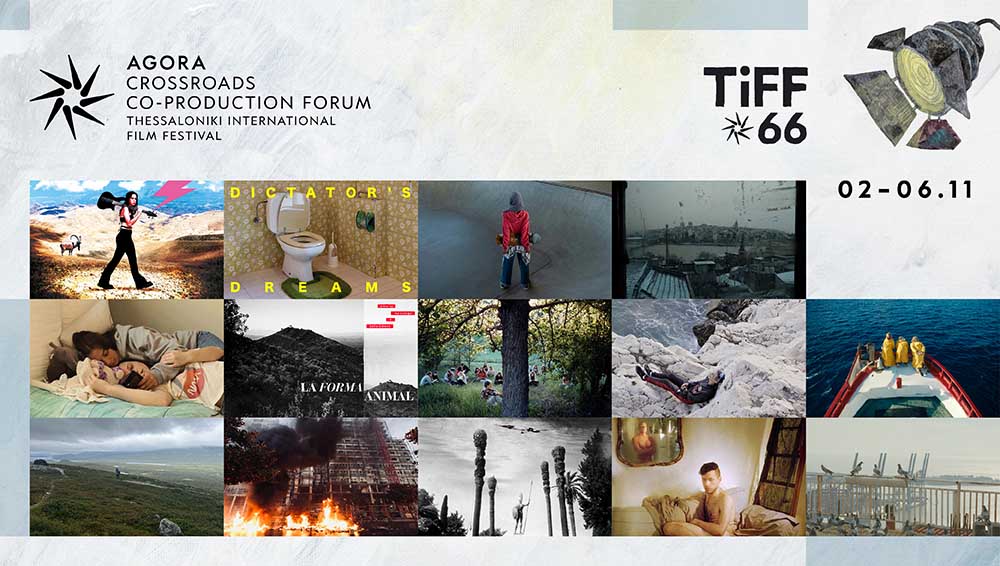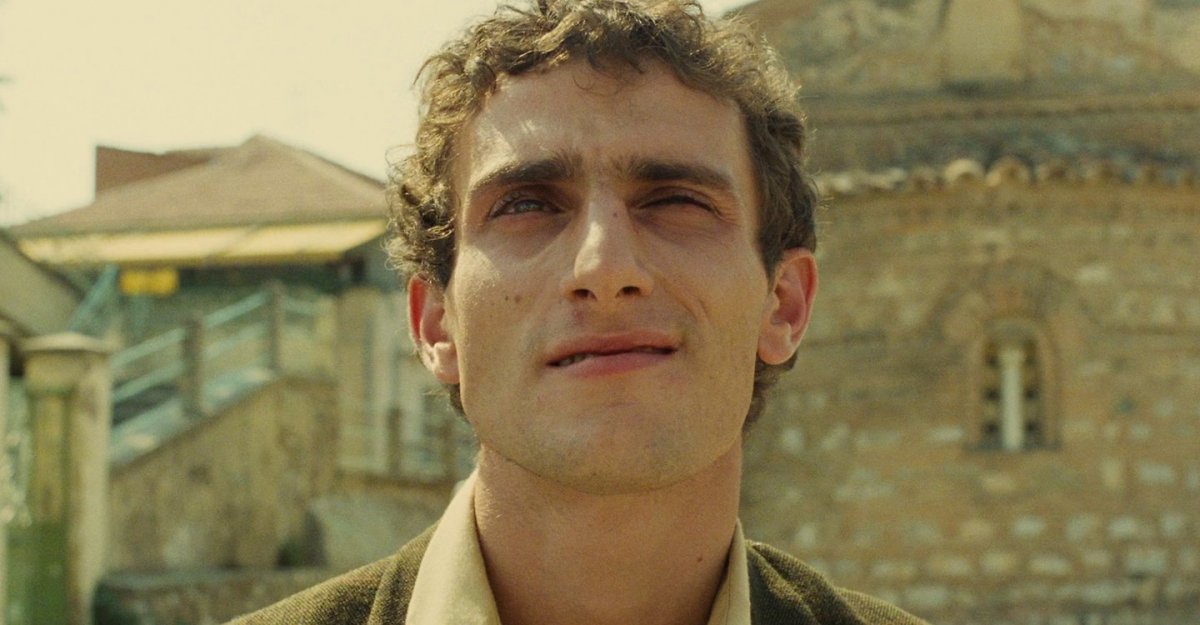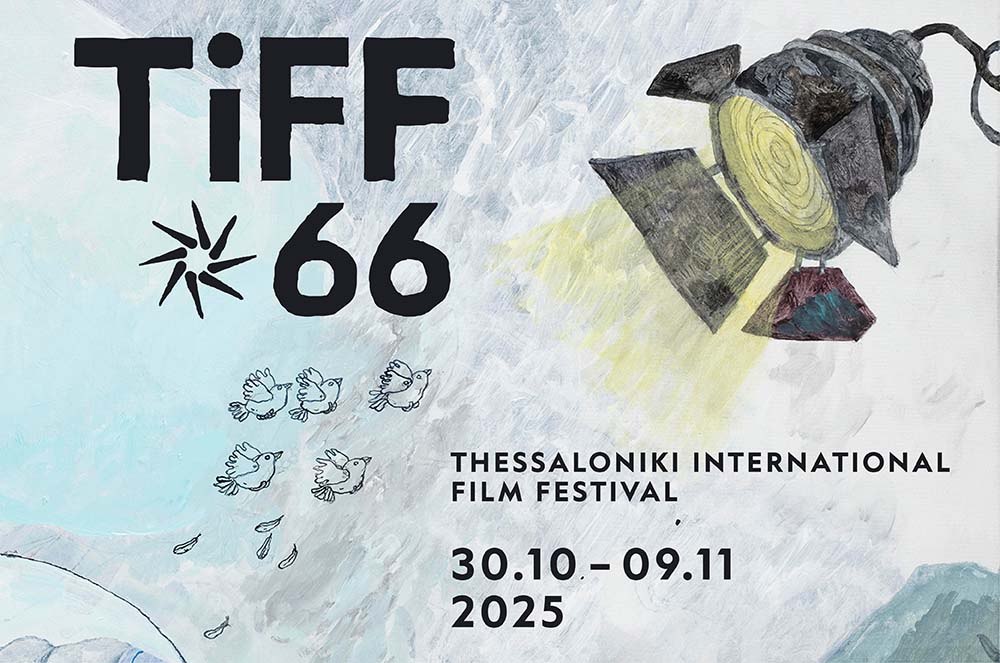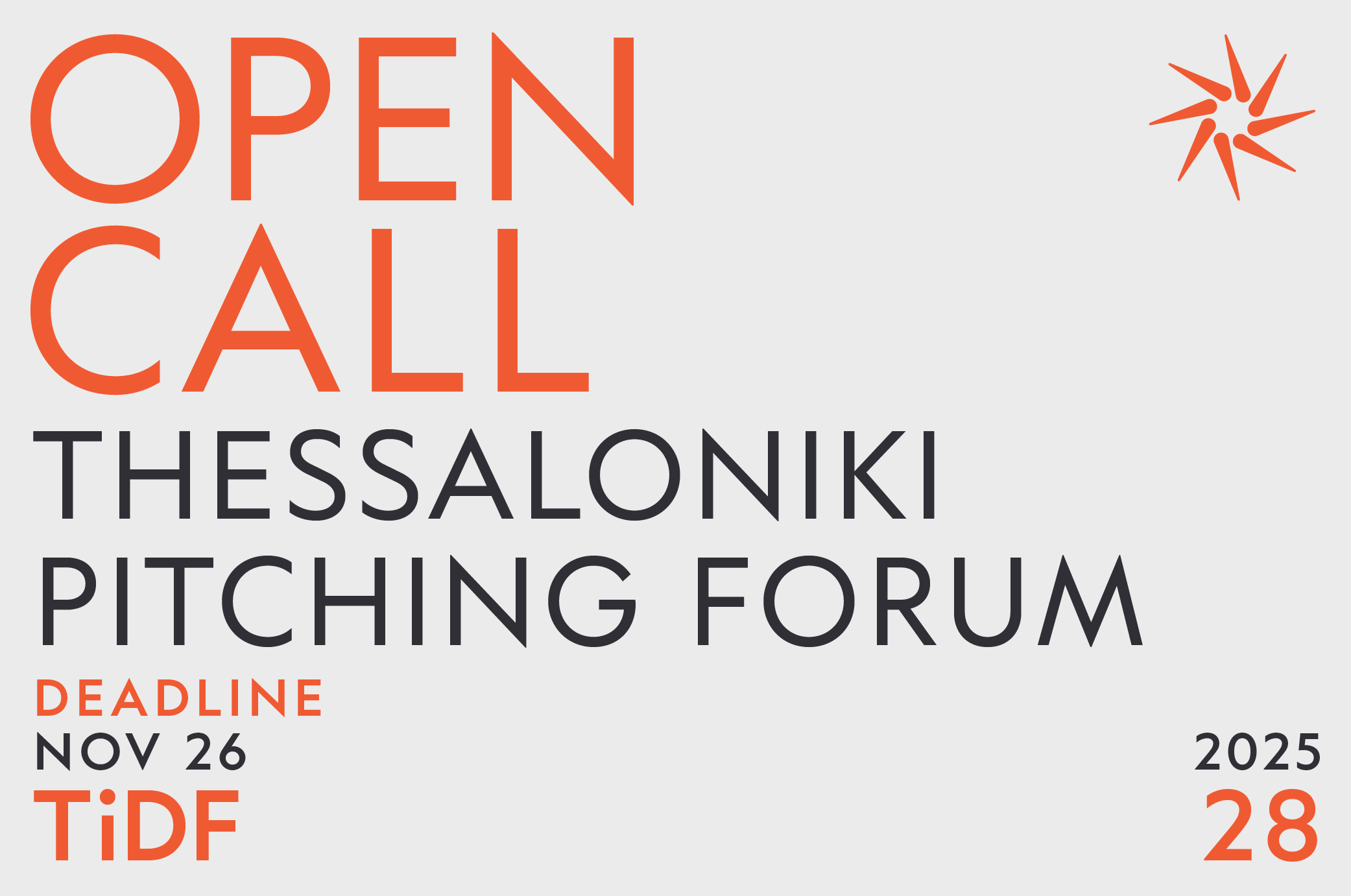Images of the 21st Century
14-23 March 2014
PRESS CONFERENCE
SALT FLATS / RELENTLESS /
PALIKARI (LOUIS TIKAS AND THE LUDLOW MASSACRE)
Directors Ira Dika, Yorgos Savoglou (Salt Flats), Dimitris Statiris (Relentless) and Nikolaos Ventouras (Palikari: Louis Tikas and the Ludlow Massacre) gave a press conference on Monday, 17 March 2014, in the context of the 16th Thessaloniki Documentary Festival.
The documentary Salt Flats by Ira Dika and Yorgos Savoglou portrays the salt flats of Angelochori in Northern Greece. Ira Dika explained that although she lives close to the area, she discovered the salt flats by chance, and was immediately entranced by the spectacle. “We wanted to capture this impression on film. At some point, when we showed our first shots to a salt flat worker, he had a hard time realizing that this was the place of his daily work,” said Mr Savoglou. The film does not focus on the workers themselves, but rather on their work and its relationship with the land. “We wanted our images to speak for themselves. In our documentary, the flying bird, the sound of the sea or the biker who observes the scenery are equally important to the people,” added Ms Dika. Commenting on the relationship between man and nature, Mr Savoglou said: “It is like a love affair, with bouts of conflict and reconciliation. This is obvious in the images but mainly in the sounds: the sound of a machine and the sound of the sea are sometimes colliding and at other times overlapping.”
In Dimitris Statiris’ documentary Relentless, the protagonist is a young man, Giacobbe Fragomeni. Having gone through a violent childhood and adolescence, he first turns to drugs and then to boxing, which essentially saves him from a bleak future. “I met Giacobbe by chance. We were introduced by common friends, and at first I was reluctant, because I am not interested in boxing,” said the director. Eventually, the filmmaker realized that his character was living on the edge, “on the ropes of the boxing ring,” which is why he chose to give his film the subtitle “A Chronicle of a Life on the Edge.” “I am not sure whether Giacobbe is testing his limits or is constantly rediscovering himself. He has a natural sense of pride that compels him to never give up. He has the strength to overcome any hardship that comes his way, and in the process he unwittingly discovers new things about himself. He is not the philosophical kind and has no views about life; he enjoys simple things,” said Mr Statiris. In the film, his protagonist exposes himself, making many difficult revelations about his family, but he did not ask the director to cut any scenes. “For around two months before filming, we would go together for lunch or drinks, which brought us very close to each other. So when we started the shoot, everything came naturally,” explained the director. There is a scene in the film that the filmmaker regards as a “gift”. “It happened by chance, we had not planned it, and this is the beauty of documentaries: when you start, you never know where you will end up. After we were done shooting for the day, we went to have dinner with Giacobbe, a cameraman and a sound mixer at a bar playing heavy metal music. At some point Giacobbe started reminiscing over various incidents of house violence he had experienced, so I said “let’s start filming.” We filmed for 2 or 3 hours, the battery had almost run out, and none of us thought that there could be anything technically interesting in the takes. But I decided to keep the material anyway. It was a gift, a nice surprise,” said the director.
Nikolaos Ventouras’ documentary Palikari: Louis Tikas and the Ludlow Massacre focuses on a major event in the history of the American workers movement, the massacre at Ludlow in Colorado, as it is told through the story of a Greek worker, Louis Tikas. The director was inspired to make the film after a news report he had done with journalist Lamprini Thoma in 2008. “We thought it would be worth taking a closer look into this story. We wanted to describe the early 20th century climate, the plight of immigrants and the attacks on workers’ rights, which are all timely issues. We wanted to find out what the descendants of the strikers think and what survives in the collective memory of society today. The film could also inspire us, since it shows us how other people before us rose up and won the day,” said Mr Ventouras. He described his film as “100% handmade and self-financed” and explained it worked on three different levels: an historic, an artistic and a personal one. The Ludlow Massacre inspired folk music and one of the most famous songs about it is Ludlow Masacre by the legendary Woody Guthrie. The song inspired historian Howard Zinn to write his book “A People’s History of the United States,” which presents American history through the eyes of the common people and labor movements. The personal level of the documentary relates to the interviews with descendants of the strikers. “The sons of the strikers felt defeated for many years, since the massacre was followed by a period of suppression and their parents could not find work anywhere. But their families also had a sense of pride,” said the filmmaker, adding: “We should study history, exactly because it tends to repeat itself. Past events show us how to deal with similar events today. The Ludlow strike was suppressed, but later many laws were passed, that protected worker rights.”
The parallel events of the 16th TDF are financed by the European Union’s Regional Development Fund for Central Macedonia, 2007-2013



